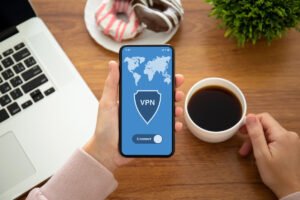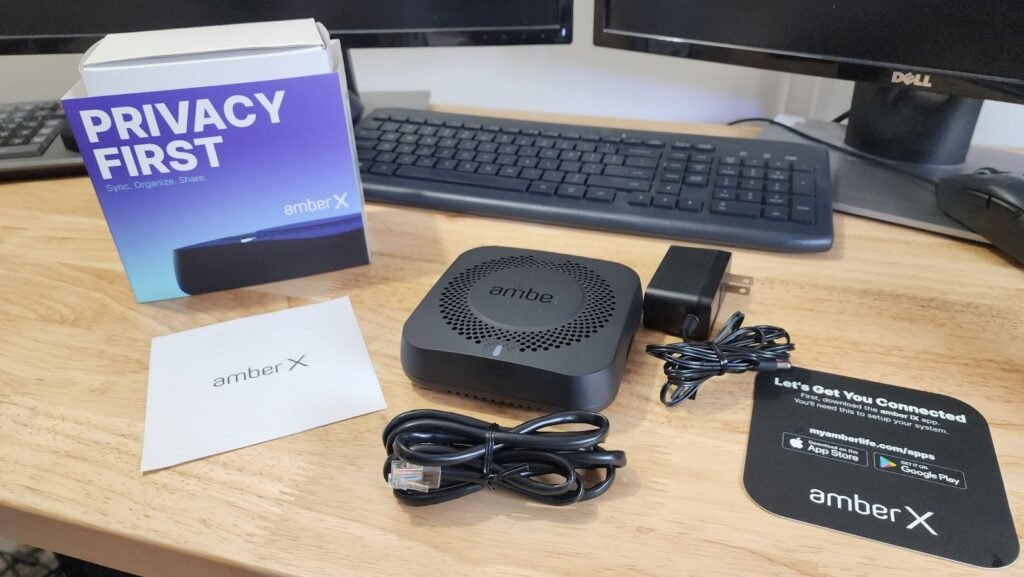Spam. Everyone gets it. Everyone hates it. Unfortunately, not everyone knows how to spot it.
Spam emails are becoming more sophisticated and harder to recognize unless you know what to look for. Phishing emails are the worst kind of spam. These are messages that try to trick the user into infecting their computer so a cybercriminal can exploit them somehow.
Check out these tips below to help, but keep in mind that they are not entirely foolproof due to spam’s sneaky nature.
- Who is sending the email? Is it an email you recognize? Are there bunches of numbers and letters all garbled up in the address? If so, a lot of the time, the sender is not who they say they are.
- How is the email written? Many spam emails will be composed with very poor grammar, almost as if they’ve been translated from another language.
- Are there any links to click on? Malicious emails often contain hyperlinks that will automatically download nasty stuff to your computer. If the email is encouraging you to click on one, think twice before you click. You can also scroll over (BUT NOT CLICK) a link and see the full address at the bottom left of your screen. If it’s a jumbled mess or says it’s something different than what’s being advertised, a lot of the time, it’s not safe.
- Is there an attachment to download? Instead of a website to visit, cybercriminals will often send attachments that do the same thing as bogus links; download viruses to your device. Oftentimes, an email will look like it’s from a bank, and the attachment is your account statement. If you’re not sure, call the bank and ask them to verify the email is real.
- Is the email asking for personal information. The most common free email providers (Gmail, Yahoo, etc.) are not encrypted by default. Your bank account information, credit card numbers, passwords, and the like can be intercepted before they are received on the other end. If you have to get this information to someone else, pick up the phone instead.
Spam and phishing emails are more than just an everyday annoyance. They can lead to anything from adware making its way onto your computer to identity theft. Keeping an eye out for a few of the red flags can help to keep you and your data safe.
For continued advice and learnings on how to help your family stay safe and smart with the technology you use, follow
Dale Dumbs IT Down on Instagram
Dale Dumbs IT Down on Youtube
Learn more about the why behind my journey of helping families stay safe and smart with the technology they use at https://www.daledumbsitdown.com/








